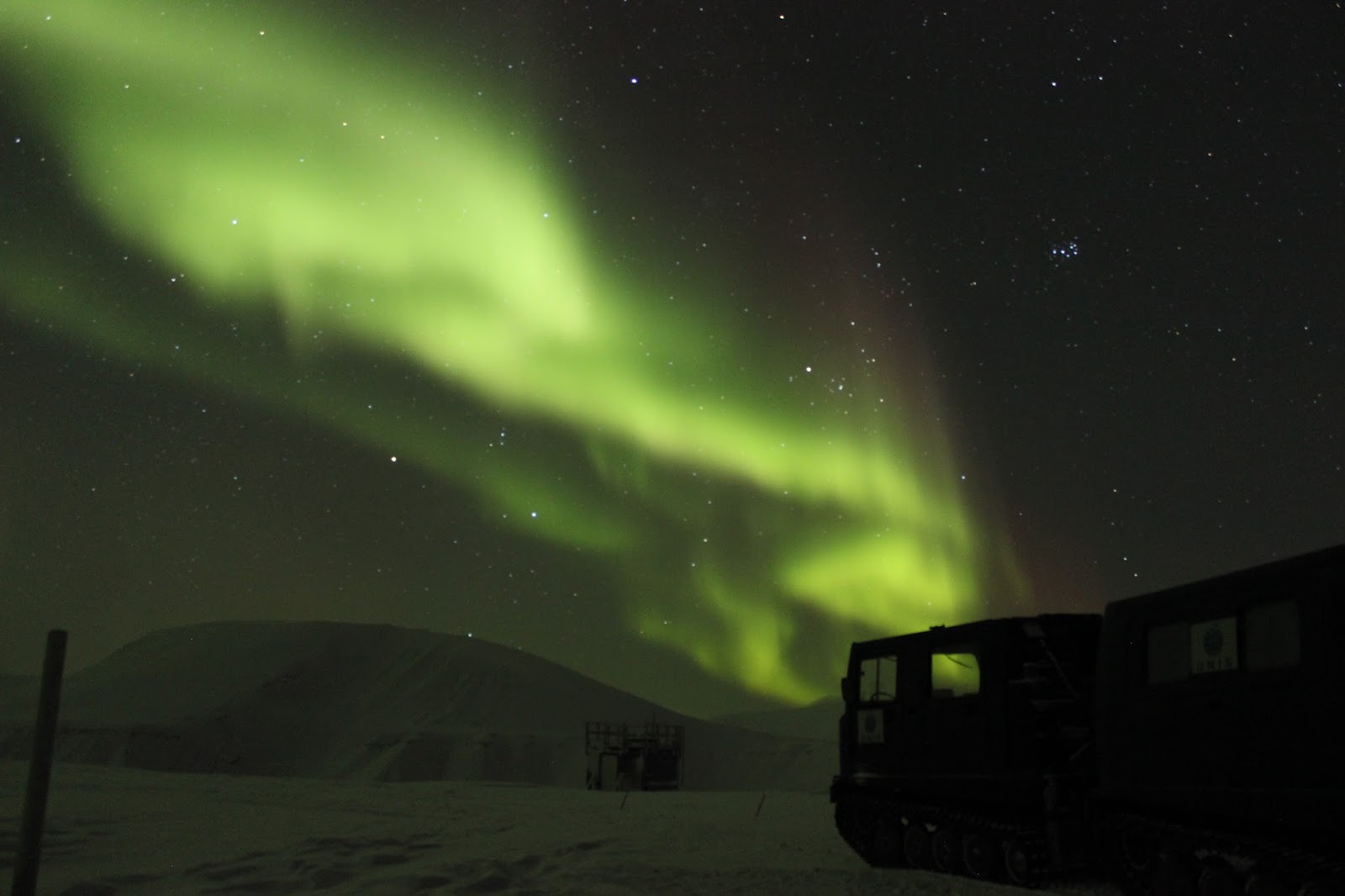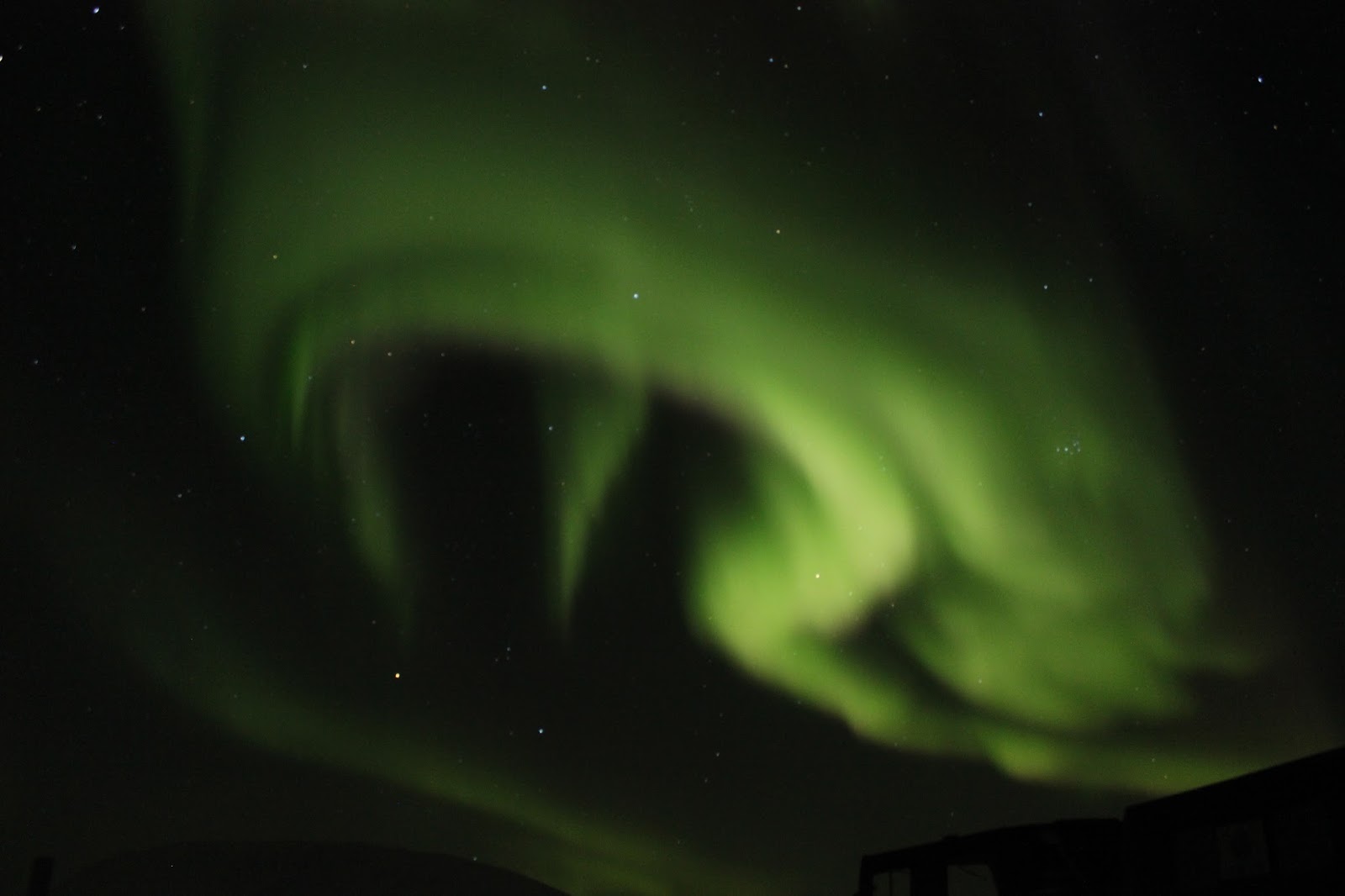This week we spent four evenings from around 5pm until 2am at the Kjell Henriksen Observatory (KHO) as part of our fieldwork for the Upper Polar Atmosphere. The KHO is located about 15km from Longyearbyen with a number of optical and radio instrumentation used to research the middle and upper atmosphere. The first auroral station was built in 1983 at the old airport runway in Adventdalen with the help of Kjell Henriksen. The current observatory was then built in 2007 in order to host more instrumentation and observe in a less light polluted area. The observatory was named the Kjell Henriksen Observatory after the late professor Kjell Henriksen. At the KHO, there are 30 instrument rooms with domes of diameter 1m.
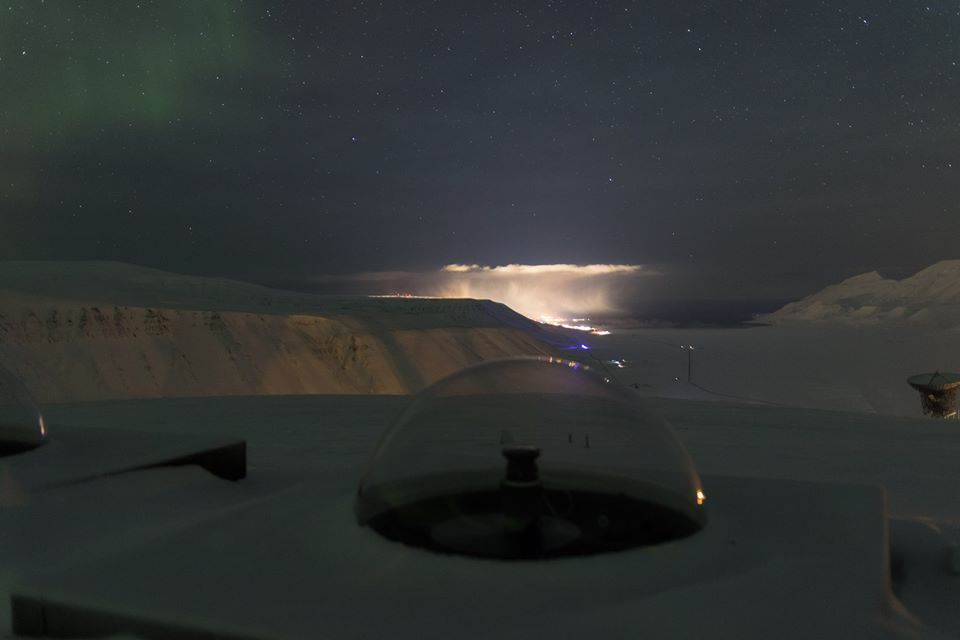
Of the large range of optical and radio instrumentation at KHO, we learnt about the various All-Sky Cameras and Imagers, the Meridian Scanning Photometer (MSP), and various spectrometers. Additionally, we worked directly with the MSP and 3 of the spectrometers, performing absolute calibration on each of these instruments. Data from SuperDARN, EISCAT, DSCOVR and the Norwegian line of magnetometers was also learnt about and used in various activities such as auroral predictions.
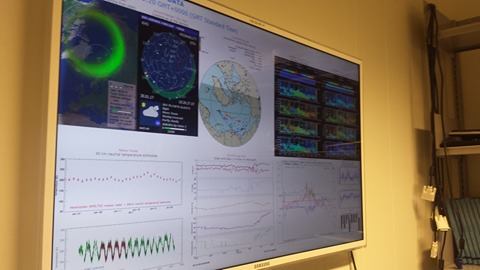
Our first evening at the KHO involved three activities. Firstly, we were taught about how the MSP is set up and collects data. This involved a rotating mirror which reflects light from aurora into the MSP. The MSP is then composed of four filter tilter units and photomultiplier tubes. The filters are layers of thin film which only let in a certain wavelength. For the MSP, four filter channels observe the four main auroral lines; 6300Å (red), 4278Å (blue), 5577Å (green) and 8446Å (near IR). We then calibrated the MSP, which is done by turning off the mirror and facing it towards south, using software which performs tilt calibration. From the result, the peak and background measurements are selected and imputed into code.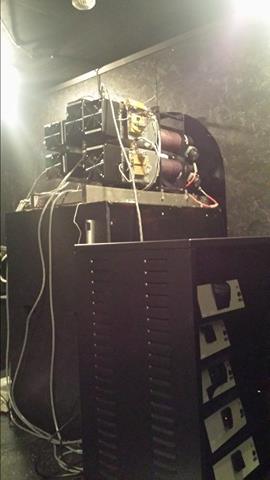
Following calibrating the MSP, we were then taught about the various All-Sky cameras, what they consist of, how they work, and what we can observe with them. Using data from DSCOVR and SuperDARN, we then learnt how to make auroral predictions, which turned out to be pretty accurate. In the very late evening we saw some of the best aurora I have seen so far, the sky filled with green and red dancing lights. Still the most beautifully incredible thing I have had the privilege of observing.
On our second day, we practiced calibrating the MSP again, which went well. This was then followed by eating lots of pizza – a very important part of the evening for us hard working physicists. We then went on to learn about some of the spectrometers in operation at the KHO, how they work and how we can use the data we obtain to investigate the atmosphere and the aurora. More auroral predictions were made, and once again delivered.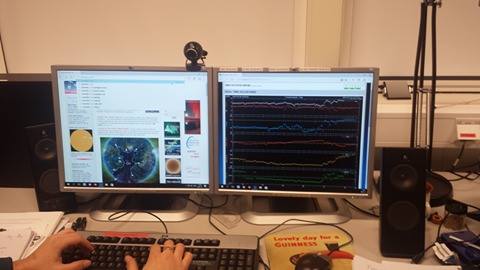
On our third night, we performed absolute calibration of the three of the spectrometers; 1 m ‘Silver’ Ebert-Fastie Spectrometer, 1 m ‘Green’ Ebert-Fastie Spectrometer and 1/2 m ‘Black’ Ebert-Fastie Spectrometer. The absolute calibration required two groups. One group would be in charge of fitting the lambert screen to the mount and then position this accurately over the spectrometer domes, two of which were located on top of the KHO, the third on the end side of the KHO. The second group would then be on the roof of the hut, approximate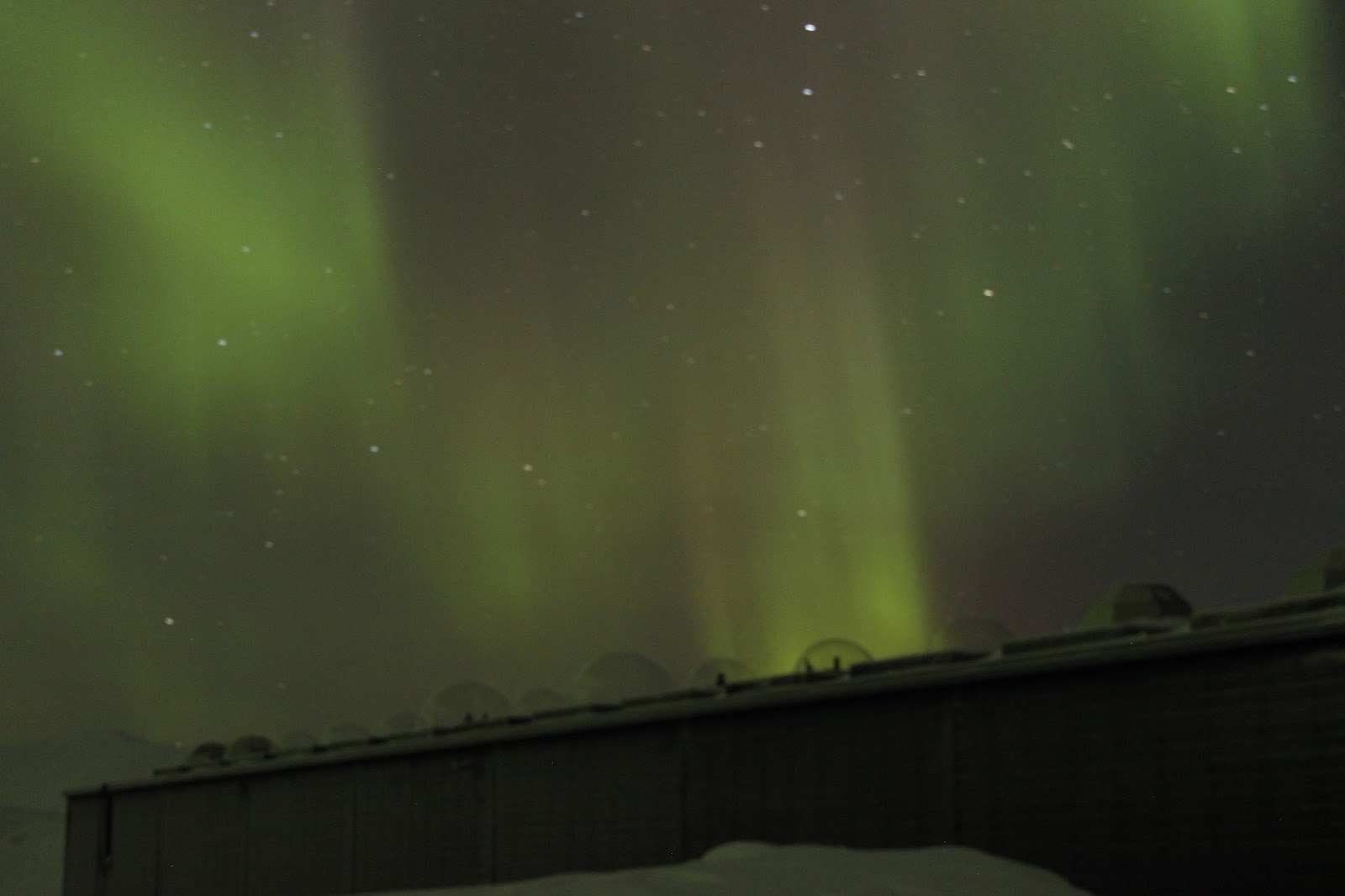 ly 49m from the main observatory building.
ly 49m from the main observatory building.
On top of the hut, a tungsten lamp was mounted, and the distance from the lamp to the lambert screen was found using a laser. The calibration then included 10 minutes of measurements with the tungsten lamp on, and 10 minutes of it off for the background measurements.
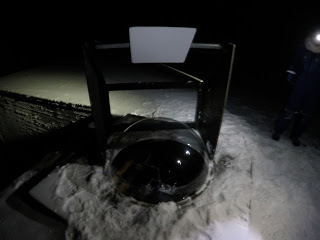
On our fourth and final night, we performed absolute calibration on the MSP. This is all done from within the instrument room, where there is an LED lamp and a lambert screen inside a box that is beneath the instrument. The measurements are taken when the mirror is facing downwards between 268-272˚. Following this, we were then taught about the magnetometers, and used real time data to calculate the height and the intensity of a current in the atmosphere. There was some aurora this night too, however it was not as intense as the first two nights, and we remained indoors and watched it via one of the All-Sky Cameras.
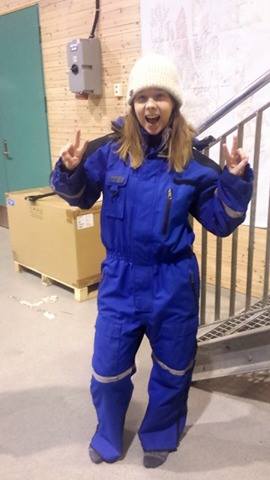
During our time at KHO, all the instruments were constantly recording data, of which we will be using to write a report on a certain auroral topic. Working at the KHO was a great experience, and I loved working hands on with instrumentation, and seeing the instrumentation obtain first hand data of what we were currently observing, I felt like a proper physicist (which I am ofc!)!! Thank you to the KHO for having us!!
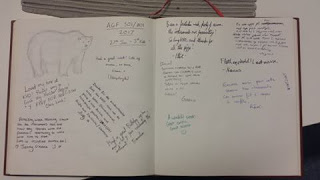
See you in the Next Blog Guys…
Jennifer

